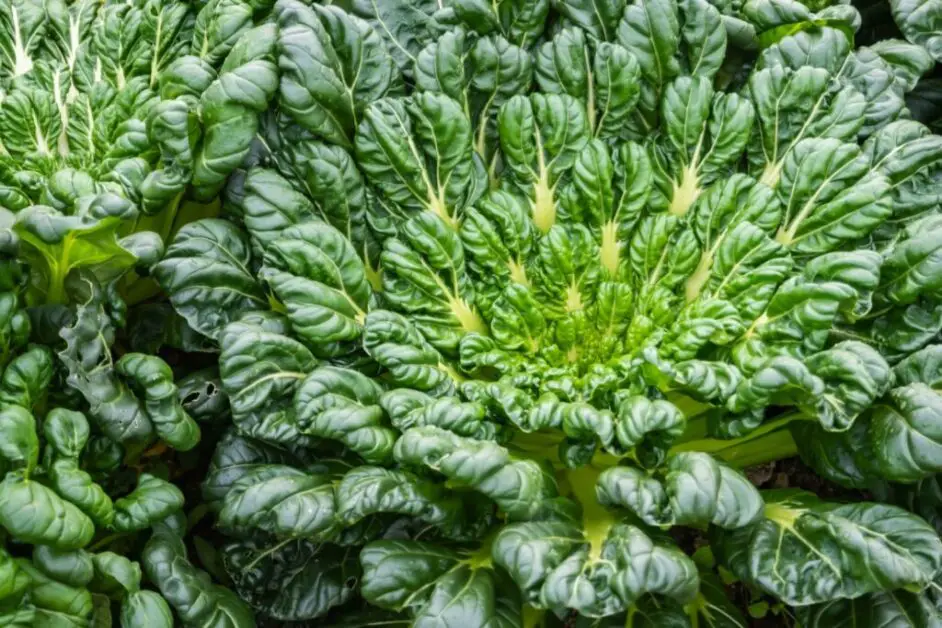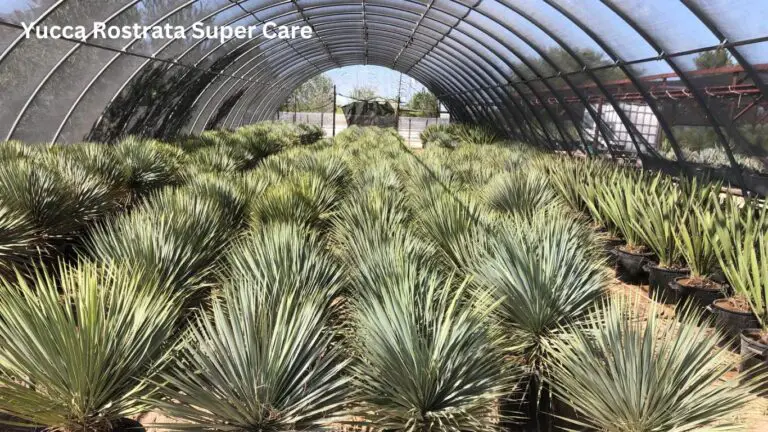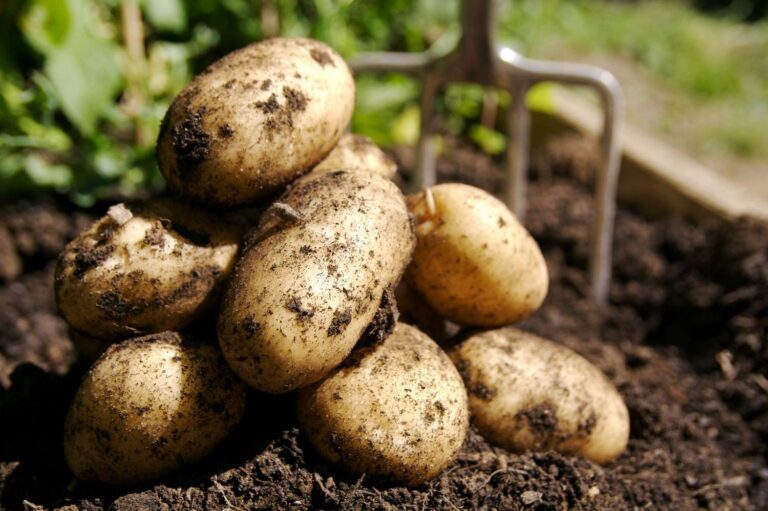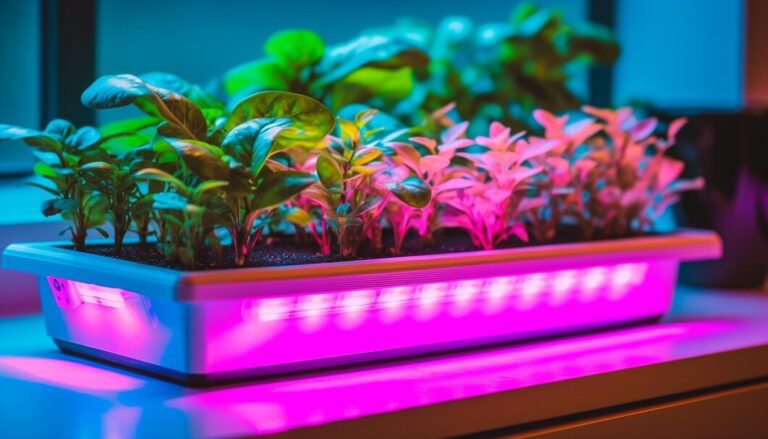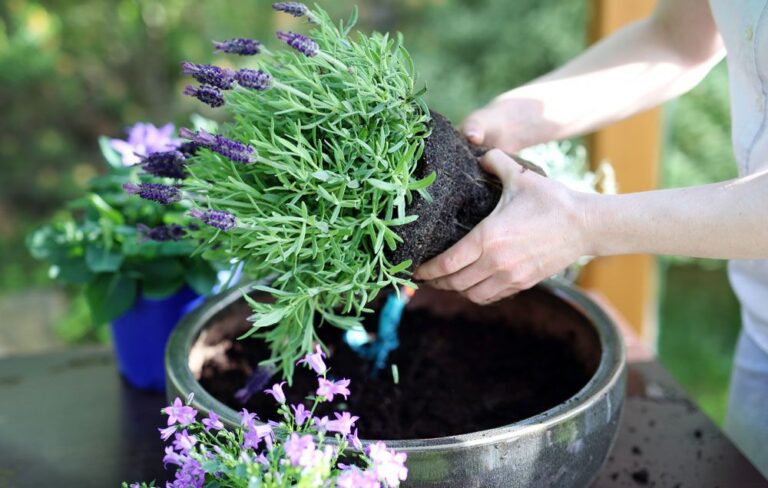Tatsoi Cultivation: The Unique Spoon-Shaped Green
What is Tatsoi and its nutritional value?
Tatsoi, also known as spoon mustard or spinach mustard, is a leafy green vegetable that belongs to the Brassica family. It is a popular choice among health-conscious individuals due to its impressive nutritional profile. Tatsoi is rich in essential vitamins and minerals, making it a valuable addition to a balanced diet.
This vegetable is packed with vitamins A, C, and K, as well as calcium, iron, and potassium. It is also a good source of antioxidants and fiber, promoting overall health and well-being. With its slightly peppery and mustard-like flavor, Tatsoi can be a versatile ingredient in various culinary dishes, adding both flavor and nutritional value.
Ideal growing conditions for Tatsoi
Tatsoi, a member of the Brassica family, thrives in cool weather conditions similar to its relatives like kale and cabbage. It prefers well-drained soil rich in organic matter, with a slightly acidic to neutral pH level ranging from 6.0 to 7.0. Adequate sunlight exposure is crucial for its growth, ideally receiving around 4-6 hours of sunlight daily.
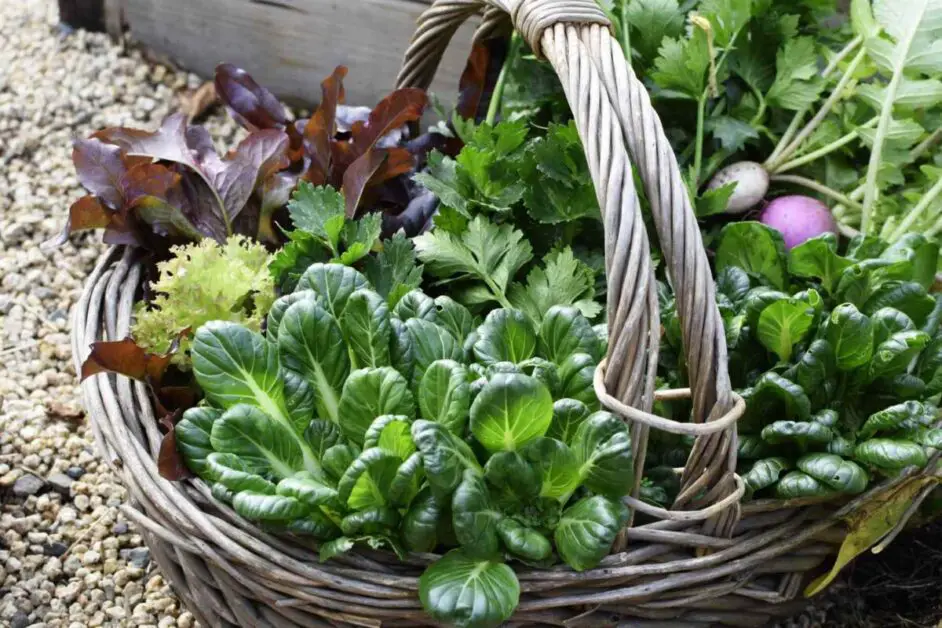
Additionally, Tatsoi benefits from consistent moisture levels in the soil to support its leafy growth. Mulching around the plants can help retain moisture and regulate soil temperature. In terms of temperature, Tatsoi flourishes in cooler climates, with an optimal range of 50-70°F (10-21°C). Providing these ideal growing conditions will ensure that your Tatsoi plants develop into vibrant, healthy greens ready for harvest.
Preparing the soil for Tatsoi cultivation
Tatsoi is a versatile and nutritious leafy green that thrives in well-prepared soil. To ensure the optimal growth of Tatsoi plants, it is crucial to start with nutrient-rich soil. Begin by testing the soil pH to determine if any amendments are necessary to achieve the ideal range of 6.0 to 7.0 for Tatsoi cultivation. Adding organic matter such as compost or well-rotted manure can improve soil structure and fertility, providing a healthy environment for Tatsoi to flourish. Additionally, incorporating a balanced fertilizer with a higher nitrogen content can further enhance the soil’s nutrient profile, supporting robust leafy growth in Tatsoi plants.
Proper soil preparation for Tatsoi also involves ensuring good drainage to prevent waterlogged conditions, which can lead to root rot and other plant diseases. Amending the soil with perlite or coarse sand can help improve drainage, especially in heavy clay soils. Loosening the soil to a depth of at least 6-8 inches before planting will promote healthy root development and facilitate nutrient uptake by the Tatsoi plants. By taking the time to prepare the soil adequately, gardeners can create an optimal growing environment for Tatsoi, setting the stage for a bountiful harvest of this nutritious green.
Planting Tatsoi seeds or seedlings
To plant Tatsoi seeds or seedlings, first prepare the soil by ensuring it is well-draining and rich in organic matter. Tatsoi thrives in slightly acidic to neutral soil with a pH level between 6.0 and 7.0. Sow the seeds directly into the soil at a depth of about 1/4 to 1/2 inch, spacing them 6 inches apart in rows that are 12 inches apart. If planting seedlings, gently transplant them into the prepared soil at the same spacing intervals, taking care not to disturb the roots excessively.
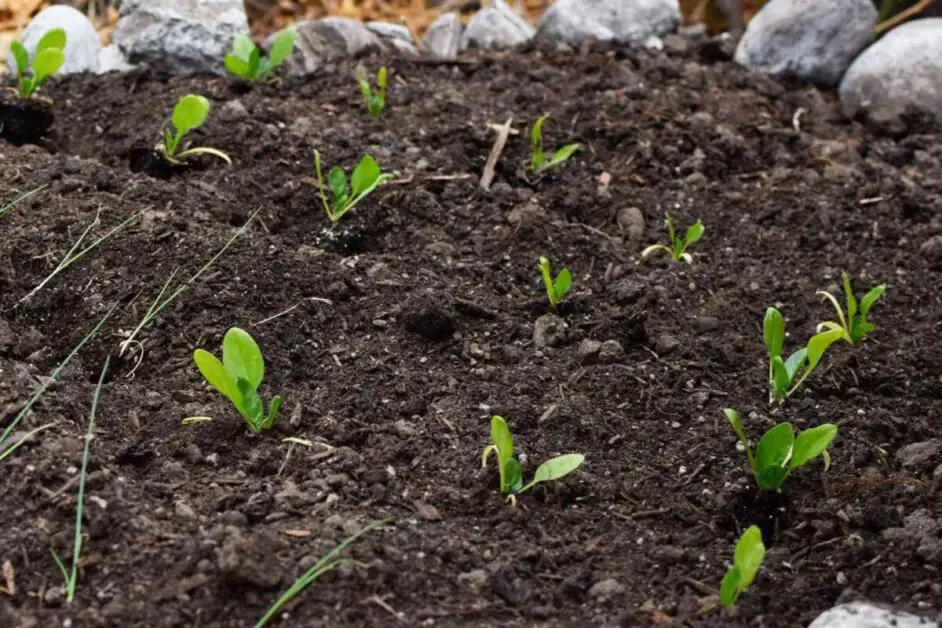
Water the newly planted Tatsoi seeds or seedlings thoroughly after planting to help them establish in their new environment. Keep the soil consistently moist but not waterlogged to support healthy growth. Consider using a soaker hose or drip irrigation system to deliver water directly to the base of the plants and prevent water wastage through evaporation. Additionally, avoid overhead watering, as this can lead to foliar diseases in Tatsoi plants. Proper watering practices are essential for ensuring the successful development of Tatsoi from seeds or seedlings.
Watering and fertilizing Tatsoi plants
Proper watering and fertilizing are crucial for the healthy growth of Tatsoi plants. Tatsoi requires consistent watering to keep the soil evenly moist but not waterlogged. Overhead watering should be avoided as it can lead to fungal diseases; instead, aim to water at the base of the plant to prevent wetting the foliage unnecessarily. Mulching can help retain soil moisture and reduce the frequency of watering, especially during hot weather.
When it comes to fertilizing Tatsoi plants, a balanced fertilizer with equal parts nitrogen, phosphorus, and potassium can support healthy growth. It is advisable to apply a water-soluble fertilizer every two to three weeks or use a slow-release fertilizer according to the manufacturer’s instructions. Avoid over-fertilizing as it can result in excessive foliage growth at the expense of leaf production. Monitoring the plant’s growth and adjusting the fertilizer regime accordingly can help ensure optimal nutrient uptake for Tatsoi plants.
Managing pests and diseases in Tatsoi cultivation
One common pest that can affect Tatsoi plants is the flea beetle. These small insects can cause damage by feeding on the leaves, leaving characteristic tiny holes. To manage flea beetles, it is recommended to use row covers to prevent them from reaching the plants. Additionally, you can introduce natural predators like ladybugs or lacewings to help control the beetle population.
Another potential issue in Tatsoi cultivation is downy mildew, a fungal disease that thrives in cool, wet conditions. To prevent downy mildew, ensure good air circulation around the plants by spacing them adequately. Avoid overhead watering as this can create a damp environment conducive to fungal growth. If signs of downy mildew appear, remove and dispose of affected leaves promptly to prevent the spread of the disease. Applying a copper-based fungicide can also help manage downy mildew in Tatsoi crops.
The table below shows the pests diseases of tatsoi plants and it’s solution:
| Pest/Disease | Description | Prevention/Treatment |
|---|---|---|
| Flea Beetles | Small beetles causing holes in leaves. | – Use row covers to block beetles. – Apply neem oil or insecticidal soap. – Maintain cleanliness. |
| Aphids | Soft-bodied insects causing yellowing. | – Introduce natural predators. – Use water spray. – Apply organic sprays. |
| Cabbage Loopers | Green caterpillars causing ragged holes. | – Handpick caterpillars. – Apply Bt. – Use row covers. |
| Downy Mildew | Fungal disease causing yellow patches. | – Proper planting and watering. – Apply fungicides. – Remove infected plants. |
| Clubroot | Soil-borne disease causing stunted growth. | – Manage soil quality and drainage. – Rotate crops. – Choose resistant varieties. |
| Leaf Miners | Larvae tunneling through leaves. | – Remove affected leaves. – Apply organic sprays. – Introduce natural enemies. |
Harvesting Tatsoi leaves
When your tatsoi plants have reached a mature size and the leaves are rich in color and plump with nutrients, it’s time to harvest them for your culinary delights. Using a sharp pair of scissors or pruning shears, cut the leaves about an inch above the soil level. This method allows for regrowth and ensures a continuous supply of fresh tatsoi leaves.
Avoid pulling the leaves by hand, as this can damage the plant and hinder future growth. Harvesting should be done in the morning when the leaves are crisp and full of moisture, providing you with the freshest produce for your dishes. Remember to wash the harvested leaves thoroughly before use to remove any dirt or residue, enhancing the dish’s flavor and presentation.
Storing and preserving Tatsoi
After harvesting your fresh tatsoi leaves, it’s essential to store and preserve them properly to maintain their quality and nutritional value. To prolong the shelf life of tatsoi, start by washing the leaves gently in cold water to remove any dirt or debris. Allow the leaves to air dry or pat them gently with a clean kitchen towel to remove excess moisture before storing.
Once the tatsoi leaves are clean and dry, you can store them in a perforated plastic bag or container in the refrigerator. Ensure that the leaves are not crushed or overcrowded to prevent them from wilting quickly. Stored this way, tatsoi can typically last for about 3-5 days in the refrigerator. Avoid washing the leaves before storage as excess moisture can promote spoilage.
Different varieties of Tatsoi to consider
When considering different varieties of Tatsoi to cultivate in your garden, it’s essential to select those that suit your growing conditions and taste preferences. Here are some popular Tatsoi varieties that you might want to consider:
1. Spoon Mustard Tatsoi: This variety is known for its spoon-shaped, dark green leaves that are tender and flavorful. It is a favorite among many home gardeners for its mild mustard taste and versatile culinary uses.
2. Rosette Tatsoi: Characterized by its compact growth habit and rosette-shaped leaves, this variety is ideal for small gardens or container cultivation. It has a crunchy texture and a slightly peppery flavor, making it a delightful addition to salads and stir-fries.
3. Tah Tsai Tatsoi: With larger, broad leaves and a more robust flavor profile, Tah Tsai Tatsoi is a popular choice for those looking for a bolder taste in their dishes. It is rich in nutrients and adds depth to soups, stews, and Asian-inspired recipes.
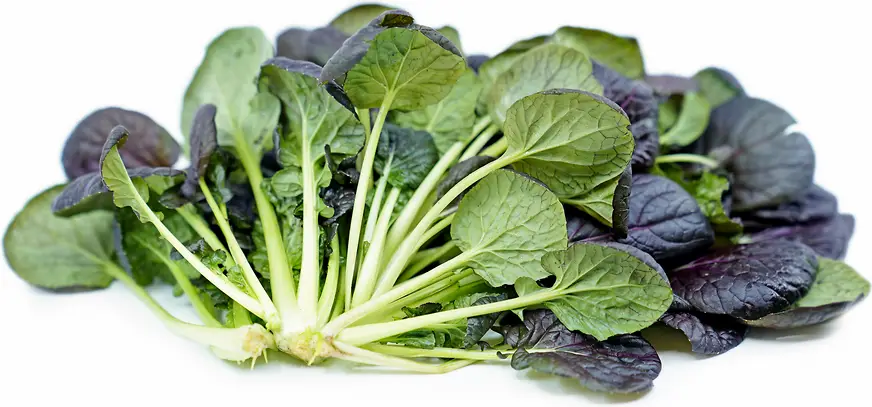
4. Red Choi Tatsoi: Sporting striking red-tinged leaves, this variety not only adds a pop of color to your garden but also offers a slightly sweeter taste compared to traditional green Tatsoi. It is a visually appealing option for garnishes and salads, enhancing both the visual appeal and flavor of your culinary creations.
Companion planting options for Tatsoi
When it comes to companion planting options for Tatsoi, there are several crops that can thrive alongside this leafy green, enhancing its growth and deterring pests. One excellent choice is planting Tatsoi alongside other brassicas like kale, cabbage, and broccoli. These plants share similar nutrient needs and can benefit from each other’s presence, creating a harmonious growing environment. Additionally, the strong aroma of onions and garlic can help repel pests that might otherwise attack Tatsoi, making them great companions in the garden.
Another fantastic companion plant for Tatsoi is marigolds. These colorful flowers not only add beauty to the garden but also help in repelling nematodes, aphids, and other harmful insects that could damage Tatsoi plants. Their strong scent acts as a natural deterrent, providing protection to Tatsoi without the need for chemical pesticides. By strategically selecting companion plants like brassicas, onions, garlic, and marigolds, gardeners can promote a healthier and more robust environment for growing Tatsoi successfully.
Using Tatsoi in culinary dishes
Tatsoi, with its mild and slightly peppery flavor, is a versatile green that can elevate your culinary creations. Its tender leaves are perfect for fresh salads, sandwiches, and wraps, adding a delightful crunch and freshness. Additionally, tatsoi can be quickly sautéed or stir-fried with garlic and olive oil for a simple yet flavorful side dish that pairs well with various proteins.
Moreover, this nutrient-packed green can be incorporated into soups, stews, and even smoothies to boost the nutritional value of your meals. The vibrant green color and distinct taste of tatsoi can enhance the visual appeal and taste profile of your dishes, making it a popular choice among chefs and home cooks alike.
Health benefits of consuming Tatsoi
Tatsoi is a nutritional powerhouse that offers a wide array of health benefits when incorporated into your diet. Rich in vitamins A, C, and K, tatsoi contributes to maintaining healthy skin, boosting the immune system, and aiding in blood clotting. Additionally, this leafy green vegetable is packed with antioxidants, such as beta-carotene and lutein, which help combat oxidative stress and reduce the risk of chronic diseases.
Moreover, tatsoi is a good source of minerals like calcium, potassium, and manganese, essential for bone health, muscle function, and metabolism regulation. Its high fiber content supports digestive health and promotes feelings of fullness, aiding in weight management. Including tatsoi in your meals not only adds a flavorful dimension but also contributes to overall well-being and vitality.
The benefits of consuming tatsoi is given below:
| Health Benefit | Description |
|---|---|
| Rich in Nutrients | Tatsoi is packed with essential nutrients including vitamins A, C, K, and folate, as well as minerals like calcium, iron, and potassium. |
| Antioxidant Properties | It contains antioxidants such as beta-carotene and vitamin C, which help protect cells from oxidative stress and reduce the risk of chronic diseases. |
| Boosts Immune System | The abundance of vitamin C in Tatsoi supports a healthy immune system, helping the body fight off infections and illnesses. |
| Promotes Bone Health | Tatsoi is a good source of vitamin K and calcium, essential nutrients for maintaining bone health and preventing osteoporosis. |
| Supports Heart Health | Consuming Tatsoi may help lower blood pressure and reduce the risk of heart disease due to its high potassium content and low sodium levels. |
| Aids Digestion | The fiber content in Tatsoi promotes digestive health by regulating bowel movements and preventing constipation. |
| Anti-inflammatory | Compounds in Tatsoi possess anti-inflammatory properties, which may help reduce inflammation in the body and alleviate symptoms of inflammatory conditions. |
Seasonal considerations for Tatsoi cultivation
When considering the seasonal aspects of cultivating Tatsoi, it is essential to understand the preferences of this leafy green vegetable. Tatsoi thrives in cooler weather, making it an excellent choice for spring and fall plantings. The ideal temperature range for Tatsoi growth is between 50°F and 68°F (10°C to 20°C), making it less suitable for hot summers. Planting Tatsoi later in the summer for a fall harvest can help avoid the heat stress that can cause the plant to bolt prematurely.
Additionally, it’s crucial to monitor the day length when growing Tatsoi. It is a short-day plant, meaning it requires shorter daylight hours to trigger flowering and seed production. In regions with long summer days, planting Tatsoi in early spring or late summer can help ensure optimal growth and prevent premature bolting. Being mindful of these seasonal considerations can play a significant role in the success of your Tatsoi cultivation efforts.
Common mistakes to avoid when growing Tatsoi
One common mistake to avoid when growing Tatsoi is overcrowding the plants. It is important to give each Tatsoi plant enough space to grow and access sunlight, nutrients, and water. Planting them too closely together can lead to competition for resources, stunted growth, and increased susceptibility to diseases.
Another mistake to steer clear of is neglecting the watering schedule. Tatsoi plants require consistently moist soil to thrive, so it’s crucial to water them regularly, especially during dry periods. Overwatering can also be detrimental, causing root rot and other issues, so finding the right balance is key to successful Tatsoi cultivation.
Watch the video to learn more about tatsoi cultivation.
Tips for successful Tatsoi cultivation.
When cultivating Tatsoi, it is essential to provide consistent moisture levels by watering regularly but avoiding waterlogging, as this can lead to root rot. Tatsoi thrives in well-draining, fertile soil with a slightly acidic to neutral pH level. Additionally, ensuring proper spacing between plants allows for adequate airflow, reducing the risk of diseases and promoting healthy growth.
Another tip for successful Tatsoi cultivation is to monitor for pests like aphids, flea beetles, and cabbage worms, which can damage the plants. Employing natural remedies such as companion planting with insect-repelling herbs or using organic insecticidal soap can help manage pest infestations effectively. Additionally, practicing crop rotation and maintaining good garden hygiene by removing debris can prevent diseases and promote a thriving Tatsoi crop.
Can Tatsoi be grown indoors?
While Tatsoi is best grown outdoors in a sunny location, it can also be grown indoors in containers near a sunny window.
How long does it take for Tatsoi to mature?
Tatsoi typically matures in about 45-50 days after planting, depending on growing conditions and variety.
Can Tatsoi be grown in hydroponic systems?
Yes, Tatsoi can be grown in hydroponic systems, providing a controlled environment for optimal growth.
Is Tatsoi a good source of Vitamin C?
Yes, Tatsoi is a good source of Vitamin C, providing immune-boosting benefits when consumed regularly.
Can Tatsoi be used in stir-fry dishes?
Yes, Tatsoi is often used in stir-fry dishes due to its tender leaves and mild flavor that pairs well with various ingredients.
How should Tatsoi be stored to prolong its freshness?
Tatsoi should be stored in a plastic bag in the refrigerator crisper drawer, where it can stay fresh for up to a week.
Are there any specific diseases that commonly affect Tatsoi plants?
Tatsoi plants are susceptible to diseases such as downy mildew and bacterial leaf spot, which can be managed through proper hygiene and preventive measures.
Can Tatsoi be frozen for later use?
Yes, Tatsoi can be blanched and frozen for later use in soups, stews, or smoothies, retaining its nutritional value.
Can Tatsoi be grown year-round?
Tatsoi is a cool-season crop that thrives in spring and fall temperatures, making it ideal for year-round cultivation in moderate climates.
Is Tatsoi a good source of iron?
Yes, Tatsoi is a good source of iron, contributing to healthy blood circulation and overall well-being when included in a balanced diet.

